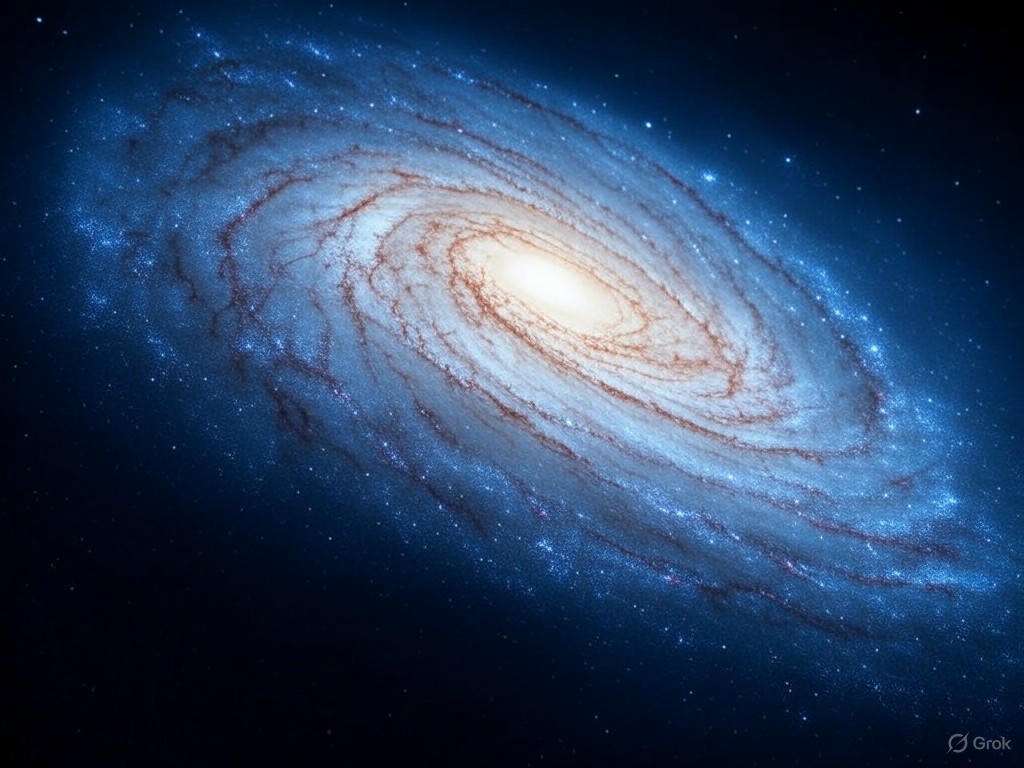Unveiling a Cosmic Giant: Discovery of the Oldest Barred Spiral Galaxy
In a groundbreaking revelation, astronomers have stumbled upon a cosmic relic that challenges everything we thought we knew about the early universe. This newly discovered barred spiral galaxy, a behemoth of stellar proportions, dates back to a time when the cosmos was still in its infancy. With a structure eerily similar to our own Milky Way, complete with a distinct central bar of stars, this ancient giant is rewriting the narrative of galactic evolution. Its sheer size and age—estimated to be among the oldest of its kind—have left scientists in awe, prompting a reevaluation of how such complex formations could emerge so early in the universe’s history.
The discovery was made possible through cutting-edge telescopic technology, allowing researchers to peer deeper into space and time than ever before. This monstrous galaxy, located billions of light-years away, appears as it did when the universe was just a fraction of its current age. Unlike the chaotic, irregular shapes of many early galaxies, this one boasts an organized spiral structure with a prominent bar—a feature typically associated with more mature galaxies like ours. The presence of such a defined structure at this early stage suggests that the processes governing galaxy formation and evolution might have been far more rapid or fundamentally different than current models predict. Scientists are now grappling with the implications, as this finding hints at unknown mechanisms that could have accelerated the development of intricate galactic architectures in the universe’s youth.
What makes this discovery even more intriguing is the galaxy’s mass. It is a true titan, harboring a staggering number of stars and likely a supermassive black hole at its core, rivaling the scale of modern galactic giants. This raises questions about how such a massive entity could have amassed so much material in such a short cosmic timeframe. Researchers speculate that this barred spiral may have formed through unique conditions, perhaps involving rapid mergers with other early galaxies or an unusually dense region of primordial gas and dust. The data also opens a window into the chemical composition of the early universe, offering clues about the elements and processes that shaped the first generations of stars.
As astronomers continue to analyze this ancient marvel, the discovery serves as a reminder of how much remains unknown about the cosmos. Each observation of such distant objects not only deepens our understanding of galactic history but also challenges us to refine our theories. Future studies, aided by next-generation observatories, promise to shed more light on this monstrous galaxy and others like it, potentially unlocking the secrets of how the universe transitioned from a chaotic soup of particles to the structured beauty we see today. For now, this oldest barred spiral stands as a testament to the universe’s capacity for surprise, urging scientists to look further and dream bigger in their quest to comprehend our cosmic origins.


